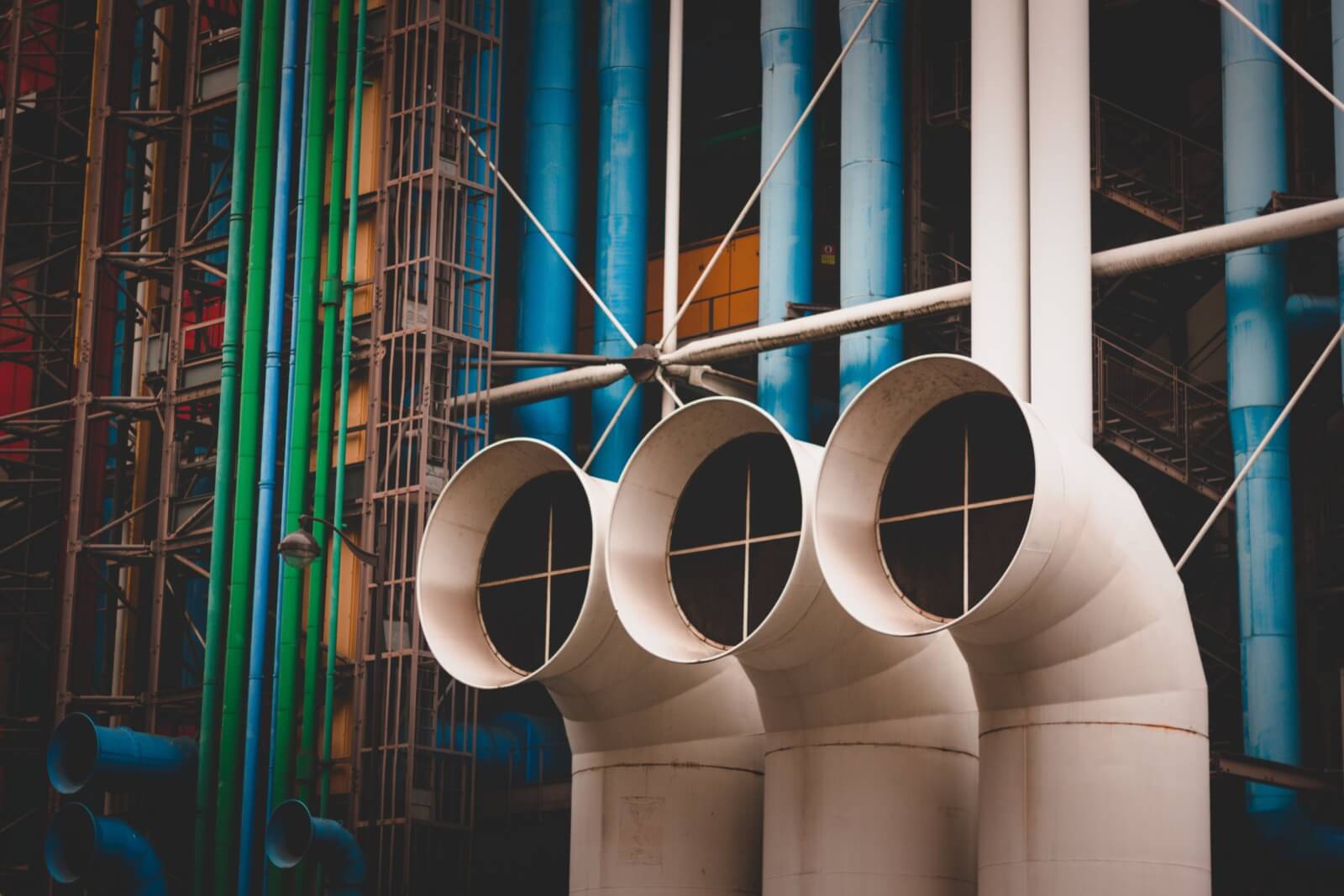
Across the United States, disruptive technologies like artificial intelligence (AI) are already having profound effects on the economies of towns and cities. Nowhere is this more evident than in the U.S. heartland.
Once stimulated by older industries, many of these communities are now turning their attention and hope of reinvigorating their economies with disruptive tech. But will this lead to a brighter future?
From the Ashes of Old Industries
Let’s take a trip to Hazelwood, a neighborhood in Pittsburgh. You’ll see the only remnants left from its boom days as a steel and coal mecca are vast vacant lots and facilities abandoned decades ago. The neighborhood’s economy isn’t exactly what you’d consider burgeoning — houses in the area can go for less than $50,000.
But take only a glance around, and you’ll miss the action going on underneath this facade. Hazelwood Green, an old steel facility, is now a testing site for Uber’s self-driving cars. And around the bend, Mill 10, a former coke works plant, is being prepared for a new life; next spring, the Advanced Robotics for Manufacturing Institute will move in.

This situation isn’t unique to Hazelwood only; just five miles down the road in Lawrenceville, you’ll find a host of AI developers working on self-driving technology. Uber has a handful of buildings here as well, along with autonomous driving startups Aurora Innovation and Argo AI. Even Caterpillar, a construction machinery company, is working on new autonomous equipment here.
Reinvestments and Reinvention
Rather than keep all development in San Francisco, investors have poured billions into this local economy. And it shows. Now known as “Robotics Row,” it’s not uncommon to see self-driving cars taking a test drive near the plethora of trendy restaurants cropping up in the area. It’s been a point of contention for locals; the same ones who complain about increasing home prices will also admit that the city is experiencing a tech renaissance.
It’s turned Pittsburgh into a case study of sorts: does disruptive tech bring economic prosperity for all, or just those directly involved, such as the tech workers, investors, and entrepreneurs? It’s a question that many are eager to see the answer for. Many small towns across America have embraced tech in hopes of boosting their economies.

Scott Andes of the National League of Cities says that Pittsburgh “can’t just be a producer of brilliant talent and ideas that then don’t turn into job generation” if it wants to truly prosper. He adds, “Pittsburgh is a great case study for the 21st-century economy because it is beginning to leverage research strengths into economic value.”
An Age-Old Question About Automation
Economists and those entrenched in the tech industry have argued about automation’s pros and cons for years. Will it destroy economies or bring a plethora of new opportunities? The truth is, it depends on a variety of economic factors that make any answer to this question uncertain.
Research by Daron Acemoglu and his associates at MIT would hint that it’s the former. After analyzing data from 1990 to 2007, they found that every robot on a facility’s floor replaced six jobs. This translates to 670,000 jobs lost for the years they examined, which equates to 1.5 million jobs in 2016.
But getting an accurate perspective on the flux of jobs due to AI and automation is difficult. For instance, the McKinsey Global Institute projects that roughly 50 percent of current tasks could be automated. But this only describes the technical feasibility without weighing the myriad of costs and benefits of actually doing so.
Flux Is the Only Constant
Those on the pro-automation side will argue that we just have to be patient. In the past, technological advances have always led to an increase in incomes, as well as demand for goods and services. But Laura Tyson, one of the top economic advisors during Bill Clinton’s presidency, argues that things could be different this time around, mainly due to the possibility that the goods and services in demand may not require as much human labor as before. “This is the first time that technology, we think, could, on net, reduce the demand for human workers.”
Acemoglu agrees: “The naïve view among macroeconomists for several decades has been that technology will always create jobs. The alarmists’ is that this time is different and it will destroy jobs. The truth is it’s capable of doing both. Lately, for a variety of reasons, there has been a much more job-destroying face to technology.”
While disruptive tech may follow previous trends and end up producing jobs, the only certainty right now is that many economy’s landscapes are changing drastically. In turn, this is morphing the type and location of work that will be available. And while this could benefit some local economies across the U.S., it could come at a cost to others.
An Increase In Inequality?
Lower-paying jobs, like those in restaurants and warehouse facilities, have seen an uptick in demand in recent years. And so has the demand for highly-skilled technical work, like coding. But in the middle, jobs like manufacturing and data processing are decreasing. Tyson attributes this partially to technology: “There is not a lot of disagreement that technology is changing the skills and occupations in demand. And that will continue to increase income inequality.”
While the lines are too blurred to make a definitive call, so far, the results have been mixed for Pittsburgh. Andrew Moore, CMU’s dean of computer science, elaborates: “The transformation of the city by new, young people working in AI and robotics has been spectacular. But it has been more of an approach of gentrification rather than an inclusion of the community.”
Pittsburgh’s own Mayor William Peduto, who helped bring Uber to the city, has experienced a change in sentiment as tech companies have moved in. “The Silicon Valley model doesn’t [put] people in the equation. It is based on what return will be derived for VCs,” he explained in a recent interview with MIT Technology Review. “In places like Detroit and Pittsburgh, when we look at the future of work, we want to know what the future of the worker is.”
A Perspective of the Bigger Picture
An examination of Pittsburgh gives a good perspective of the current struggle going on across the United States. While it’s become commonly accepted that the factory jobs of the past won’t be coming back, it’s proven hard to tap into the potential of AI and automation as replacements.
There is no doubt that AI and automation bring unparalleled levels of convenience in some aspects. But to stop these technologies from becoming major economic inconveniences, we need to work on how to deploy them better. The opportunity to innovate is there; we just have to learn how to do it better so that everyone can benefit.





